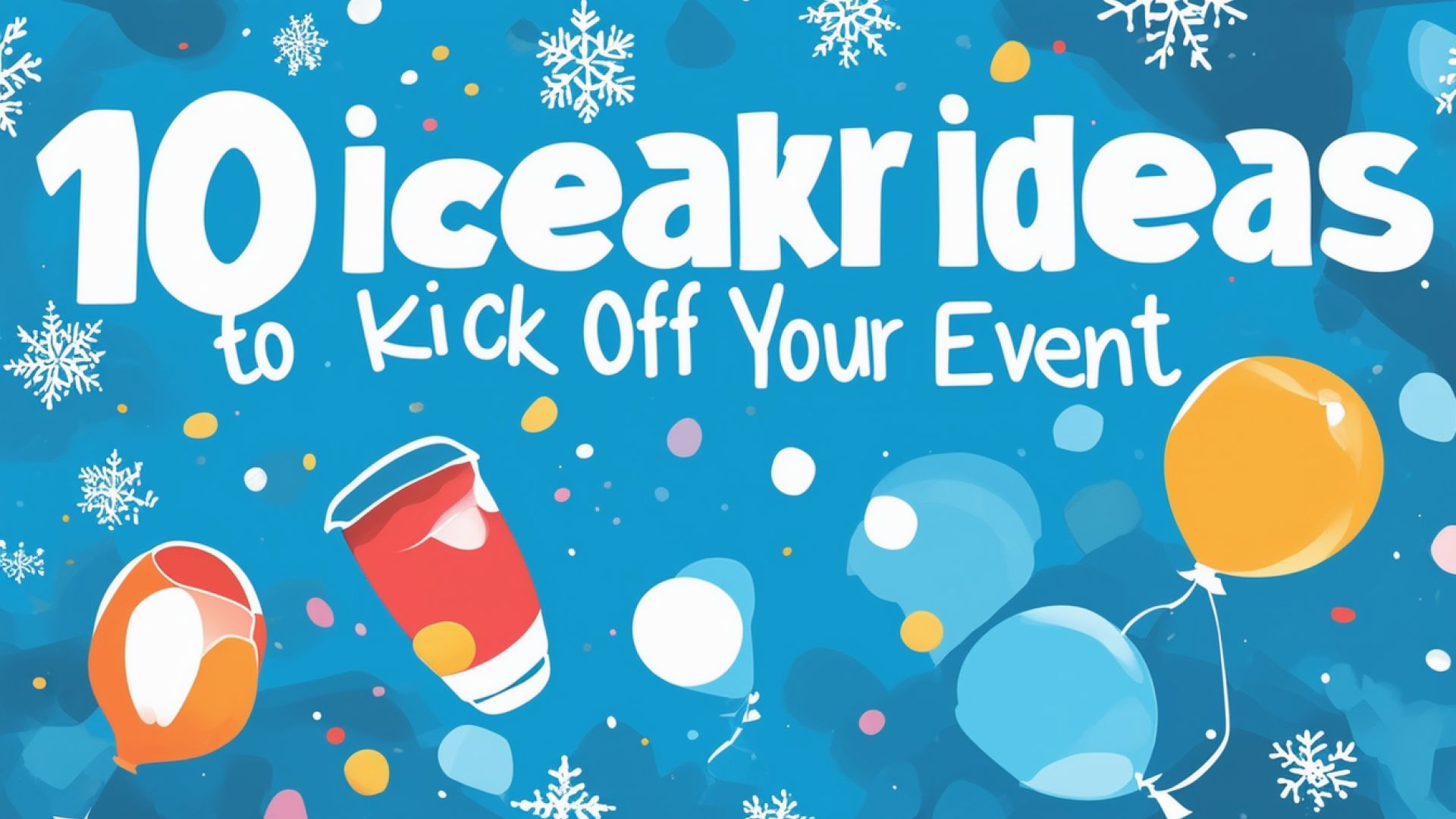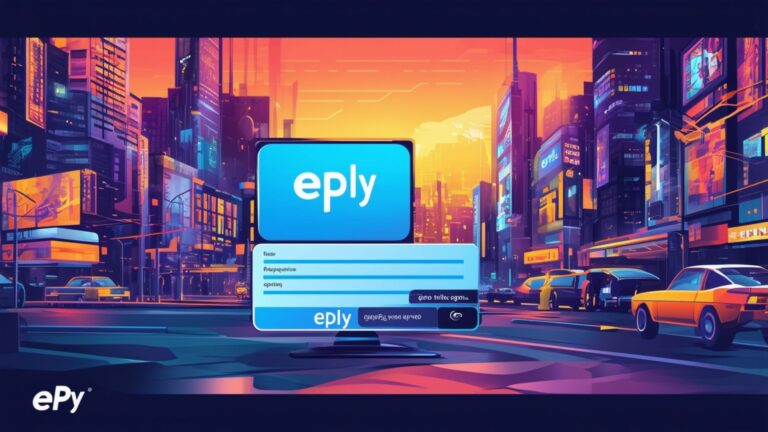10 Icebreaker Ideas to Kick Off Your Event
What Are Icebreakers?
Definition and Purpose
Icebreakers are activities or exercises to help people get to know each other, feel comfortable and have fun before the official programme starts. They are great for kicking off events as they get people engaged, clarify event objectives and create conditions for maximum learning. By breaking down social barriers icebreakers help people communicate and collaborate better with each other.
The main purpose of icebreakers is to create a relaxed and open environment where people can interact freely. This is especially important when people don’t know each other well. Icebreakers can also introduce the theme or objectives of the event so people can connect with the content and each other.
Why Use Icebreakers
Using icebreakers at the start of an event has several benefits. Firstly they help people get to know each other which leads to more meaningful interactions throughout the event. Secondly they make people feel more comfortable, reduce anxiety and encourage active participation. Thirdly they add fun which sets a positive tone for the rest of the event.
Plus icebreakers get people engaged, so they are mentally present and ready to learn. They can also clarify the objectives of the event so people know what’s expected of them. Overall icebreakers create a learning and collaborative environment.
Kinds of Icebreakers
There are many kinds of icebreakers each for a different purpose. Some help people get to know each other, others foster collaboration or get people engaged with the content of the event. The key is to choose an icebreaker that fits the objectives of the event and the needs of the audience.
For example introduction interviews can make introductions less cringeworthy and help people connect with each other. Icebreaking polls can grab attention and engage large crowds, while activities like the snowball fight can boost energy and change behaviour. Choose the icebreaker based on the goals of the event and the audience.
How to Choose the Right Icebreaker for Your Event
Know Your Audience
When choosing an icebreaker consider your audience. Different groups have different needs, preferences and comfort levels. For example a group of professionals may prefer a more structured activity while a younger audience may prefer something more playful and dynamic. Knowing the demographics and characteristics of your audience will help you choose an icebreaker that resonates with them.
Also be aware of the diverse values, beliefs and experiences of the participants. An icebreaker that works for one group may not work for another. By considering the audience’s background and preferences you can choose an activity that everyone will feel comfortable to participate in.
Match the Icebreaker to Your Event
The type of event you are hosting should also influence your choice of icebreaker. For example a corporate meeting may need an icebreaker that helps with professional networking while a creative workshop may need a more creative activity. The icebreaker should fit the objectives of the event and enhance the overall experience for the participants.
Also the icebreaker should be simple but meaningful. It should be easy for people to participate in and align with the goals of the event. A good icebreaker can set the tone for the rest of the event and help you achieve the desired outcomes.
Timing and Length
The timing and length of the icebreaker is important. An icebreaker that is too long can be boring while one that is too short may not achieve its purpose. You need to find a balance so people can fully engage without taking up too much time.
Icebreakers should be done at the start of the event to set the tone and create a relaxed atmosphere. But they can also be done at different points throughout the event to re-energize the participants and keep them engaged. Just choose the right time and length that fits into the event schedule.
10 Icebreaker Ideas
1. Two Truths and a Lie
In this classic icebreaker each participant shares two true statements and one false statement about themselves. The rest of the group then tries to guess which statement is the lie. This activity is a fun way to learn interesting facts about each other and start conversations.
Two Truths and a Lie works because it gets people to share personal info in a playful way. It also encourages active listening and breaks down social barriers so people can connect.
2. Human Bingo
Human Bingo is a great way to get people moving and interacting with each other. Each person gets a bingo card with different characteristics or experiences in each square. Participants need to find others who match the descriptions and mark off their cards. The first one to complete a row or column wins.
This activity encourages mingling and helps participants find common ground. It’s a fun and engaging way to break the ice and get people talking. Plus it adds a bit of competition which makes it more exciting.
3. My First Job
In this icebreaker participants take turns telling the story of their first job. This can lead to funny and interesting conversations as people often have weird and wonderful experiences from their early careers.
My First Job is a great way to encourage storytelling and build rapport among participants. It allows people to share a part of their personal history and can reveal common experiences that help people connect.
4. Find 10 Things in Common
Participants are put into small groups and asked to find 10 things they have in common. These can be anything from favourite foods to shared hobbies. The goal is to find common ground and build a sense of community.
This activity promotes teamwork and gets people into meaningful conversations. Breaks down barriers and creates a sense of togetherness. Plus it can lead to interesting discoveries and connections.
5. Would You Rather?
Would You Rather? is a fun and thought provoking icebreaker where participants are given two options and must choose which one they prefer. The questions can be light hearted or serious depending on the tone you want to set.
This activity gets people to think on their feet and share their opinions. Can lead to lively conversations and help people get to know each other’s personalities and values. Plus it’s a versatile icebreaker that can work with any group.
6. The Starburst Game
In the Starburst Game participants are given a handful of Starburst candies and must answer a question based on the colour of the candy they choose. Each colour corresponds to a different question such as “What’s your favourite hobby?” or “What’s your dream holiday?”
This activity adds a fun and fruity twist to the question and answer format. Gets people to share personal info in a playful way and can lead to interesting conversations. Plus who doesn’t love candy?
7. Stranded on a Desert Island
In this icebreaker participants are asked to imagine they are stranded on a desert island and can only bring three things with them. They then have to share their choices with the group and explain why they chose those things.
This activity encourages creative thinking and reveals a lot about participants’ priorities and personalities. Can lead to interesting conversations and help people get to know each other better. Plus it’s a fun way to get people’s imagination going.
8. Speed Dating
Speed Dating is a quick fire icebreaker where participants have a series of short timed conversations with different people. After each conversation they move on to the next person. This activity is designed to get participants to meet as many people as possible in a short amount of time.
This icebreaker is great for large groups where participants may not get to meet everyone. Gets people into quick and meaningful interactions and can help people make connections they can build on throughout the event.
9. The Interview
In this icebreaker participants pair up and interview each other for a few minutes. Then they introduce their partner to the rest of the group sharing interesting facts and insights they learned during the interview.
The Interview is a great way to make introductions less cringeworthy and get people connected. Gets people to listen actively and learn more about each other in a structured way. Plus it can lead to interesting and meaningful conversations.
10.
In the Penny Game participants are given a penny and have to share something significant that happened to them in the year the penny was minted. This activity gets people to tell stories and share personal experiences.
The Penny Game is a simple but effective icebreaker that gets people to reflect on the past and share meaningful stories. Can lead to interesting conversations and help people get to know each other better. Plus it’s a fun and unusual activity.
Using Icebreakers Effectively
Getting Participants Engaged
To get the most out of icebreakers you need to engage participants. This means choosing activities that are relevant to the group. And creating a positive and inclusive environment where everyone feels comfortable to participate.
One way to engage participants is to use live polling to grab their attention and gather their input. For example you can ask questions like “How are you feeling right now?” or “What do you hope to get out of this event?” This gets participants feeling involved and valued and can provide valuable insights for the event organisers.
Running Smoothly
Good facilitation is key to any icebreaker. This means clear instructions, keeping the activity on track and making sure everyone gets a chance to participate. And being flexible and adapting to the group’s dynamics.
Facilitators need to be prepared for any challenges that arise, such as participants who don’t want to engage or activities that don’t go to plan. By being present and responsive facilitators can make it a smooth and enjoyable experience for everyone.
Debrief and Transition
After the icebreaker debrief and transition smoothly into the next part of the event. This means discussing the insights and connections made during the activity and linking them to the event objectives. Debriefing helps to reinforce the purpose of the icebreaker and ensures participants take away valuable learning.
Transitioning smoothly also means a clear and seamless shift from the icebreaker to the main event. This means summarising the key points, introducing the next speaker or activity and making sure participants are ready to move on. By debriefing and transitioning well you can maximise the impact of the icebreaker and set the scene for a great event.












